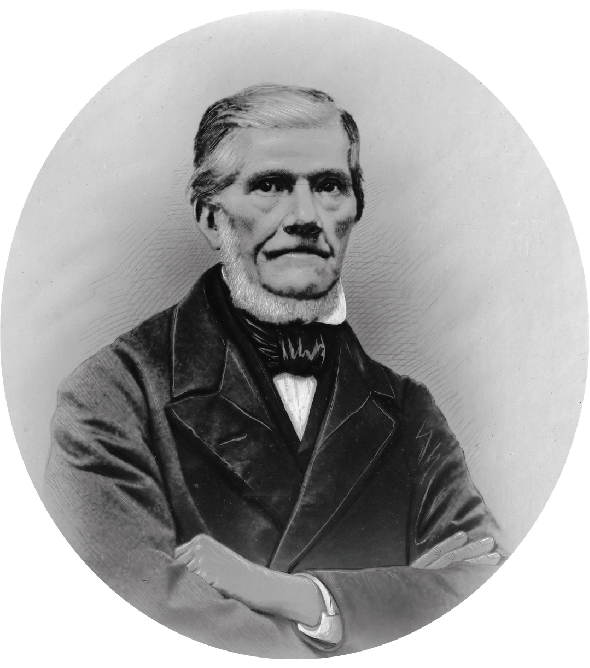Throughout the 19th century cocoa makers competed to make hot chocolate more appetising. The large amount of natural cocoa butter in cacao beans was one problem, as it tended to float to the top in an oily residue.
The answer was to either remove cocoa butter or add other starchy ingredients to bind with it. But removing it was an expensive and slow process of heating and pressing or straining, so most manufacturers opted for the latter.
In 1835 Fry's was adding arrowroot to its Pearl Cocoa, but it was not until 1855 that a major study published in The Lancet medical journal revealed exactly how widespread the practice was. It analysed dozens of different cocoa products and found that the great majority contained one or more of the following: wheat, corn or sago flour, potato starch or flour, old sea biscuits, Maranta arrowroot, curcuma and tapioca starch. These were much cheaper than cocoa beans, but tended to make the finished product too pale in colour and so other adulterations were thrown into the mix – earthy substances like red ochre, red lead and brick dust. Some were banned in 1860.
In the 1860s Netherlands-based cocoa maker Coenraad Van Houten made a breakthrough and started selling 'Dutched' cocoa. He knew that the Aztecs used wood ash to counter the acidity of cocoa, so he tried adding alkalis before roasting. The result was less bitter and a little more soluble. This invention eventually put the Netherlands at the forefront of cocoa production for many years.
